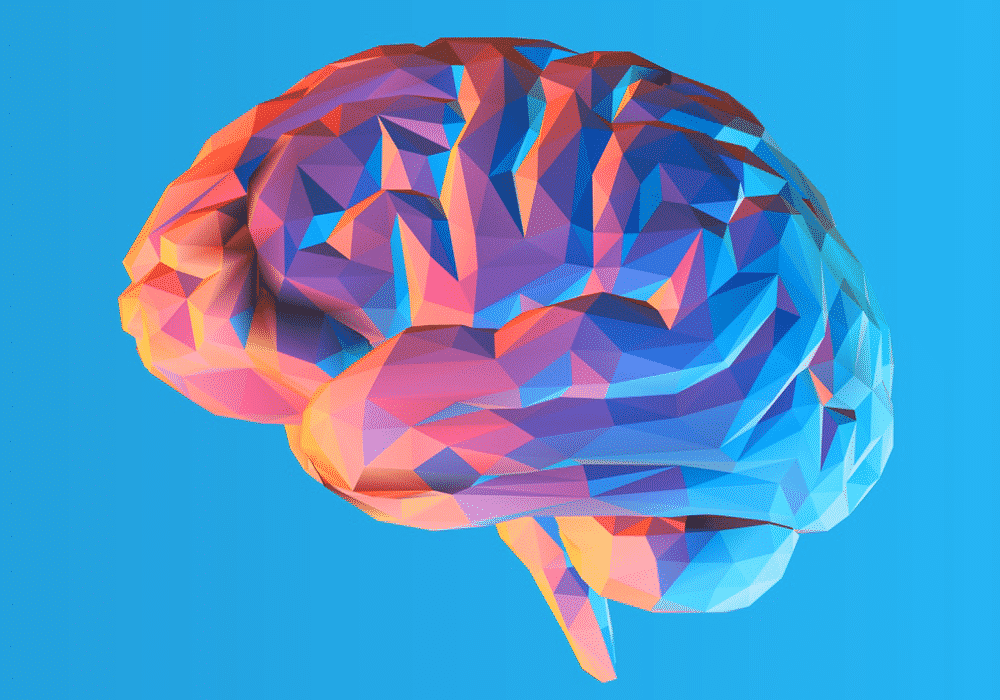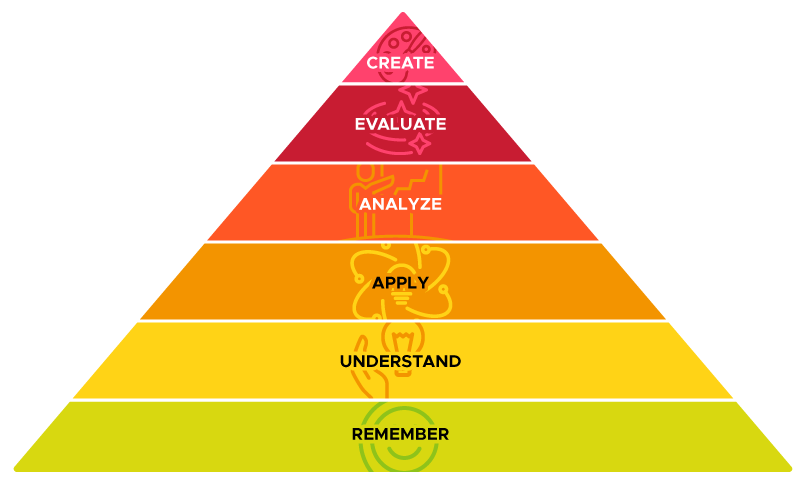Personal Development
What You Can Do To Improve Your Memory And Forget Less At School Or University

How Do You Spend Your Study Time?
Reflecting on the amount of time you devote to studying, you may find that a great portion is taken up by relearning and revising facts you have forgotten. The solution, which may sound improbable, is to make sure you don’t need to review material in the first place. This will prove more profitable than any other study technique. No matter how well you use active recall, spaced repetition or flashcards, if things keep slipping your mind, you’ll be conveniently wasting countless hours every school year just refreshing your memory.
After learning something once, if you can maximise your RETENTION, you’ll rarely need to study it again because you’ve retained most of it.
Dr Justin Sung
The System Has Conditioned Us
You never ‘study’ things outside of school. Think outside the academic context. You could read your favorite book series once or binge an entire season of a Netflix show in one night and still have a full-on discussion about every character months later. There are a lot of things you know, and you retain a lot of them.
When you study, you don’t really get that level of retention.
As a result of the education system, we are conditioned to study in an extremely artificial fashion. This goes back to why the education system was established in the first place: it was primarily intended to give factory workers a minimal level of education to follow orders and do their jobs. It wasn’t to create scientists or lawyers or creative, independent thinkers.
After the printing press was invented, learning adopted a very wordy, left-to-right, down-the-page format, which is completely artificial, but that’s how we’re taught to study.
Regaining control
Our brain is designed to work in a particular way, so we must return to that way when studying.
Learning is one of the things our brain has adapted to be very good at.
The human brain excels at problem-solving and advanced cognition, but it also excels at forgetting.
Each day, your brain receives billions of different stimuli, but it only retains a tiny fraction of these stimuli; keeping everything would be so energy-consuming that your brain would explode. In other words, forgetting is good for keeping us alive, but not so good for studying.
How is information retained or lost?
Information that doesn’t seem relevant is discarded by our brains when they process information.
You won’t remember the license plate you just saw because it has no relevance to you—but if the license plate is related to a specific memory (for example, if you saw someone kidnapped), it’s more likely to be retained since it’s linked to other memories (like the traumatic one).
The more meaningful and numerous those relationships are, the more likely the information will be retained.
If there are many relationships, our brain will send information down the ‘retained’ pathway and not the ‘lost’ pathway.

If you’re wasting your time studying without developing relationships, you’re wasting your time on ineffective retention. Everyone’s brains work differently, but this principle applies to everyone.
Relational-priority learning
How do we do all this?
When you take information in, the order of the processes going on in your brain is quite important. If the first thing you’re doing is trying to understand the information, then your focus is on the information (information priority); in that case, that information exists in isolation from your brain, and will travel down the forgetting pathway. For most students, this is what happens—when new information comes in, we look at it and try to remember it.
First, it is best to understand the relationships (relationship priority). By learning in relational priority, your brain processes the information much faster, and as a result, you are able to memorize information more easily. By doing so, you actually learn the information better and memorize it without even trying.

In essence, you’re creating a good web of knowledge, which means that the information is more accessible, you have a stronger active recall, you have to memorize less, and you’re much more fluent.
For students, this fundamental shift from information-priority to relationship-priority learning makes the biggest difference.
Checking whether you’re information- or relationship-focused can be done right now.
Ask Yourself:
- Why is this important?
- How does this relate?
- How can I apply this?
As a result, if you’re asking a lot of these questions when studying, that part of your studying is likely to be more relationship-based.
When you’re writing notes, you can also consider whether they’re information-focused or relationship-focused:
- Are you writing notes that are left-to-right, down-the-page?
This type of note is often written just to get the information down, which shows a priority on information. It’s better to think about the relationships straight away and represent the information differently.

Relationship-priority learning is about taking control of the information, NOT just randomly learning it in the order that’s given to you by your teacher or the textbook and then throwing it into your brain and expecting it to learn.
When you learn more and more, your mental groups and categories grow, which we call chunking, as you evaluate what there is to learn.
This is the way that you tend to learn organically in other areas of your life, and that’s why you don’t even need to write notes most of the time. When you consider where the information fits before memorizing it, you end up producing really high-quality learning, and you learn it without even trying.
By the way, this is really just the beginning and basics when it comes to learning psychology and study techniques so if you’re ready to take it up a notch, you need to learn about why Bloom’s Taxonomy is One of the Effective Study Techniques out there
For the complete Program, Click the link below:

